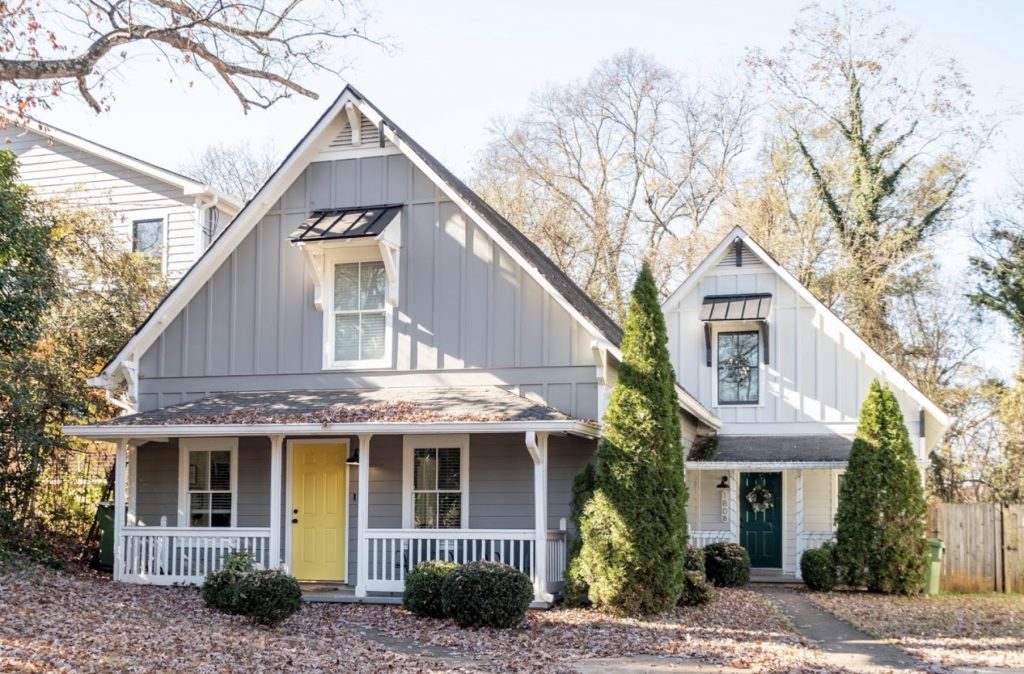Environment
North Atlantic right whales face new peril as numbers stabilizeNovember 3, 2025

By David Pendered
Oct. 22 – More dwellings may be built with funding enabled by a new federal regulation, but there’s no reason to expect any such units built in metro Atlanta to be affordable.

The Biden administration has announced a new program that aims to induce construction accessory dwelling units as part of its efforts to increase the nation’s supply of housing. The regulation does not have requirements regarding affordability of units built with proceeds of the program.
The program authorizes the Federal Housing Administration to allow lenders to count rental income from accessory dwelling units when underwriting a mortgage. Previously, FHA allowed only rental income from a duplex to count toward household income.
The statement announcing the policy, issued Oct. 16, provided this elaboration:
The 203(k) loan is a mortgage product that enables homebuyers to borrow enough money to repair a decrepit property, including costs for labor and supplies.
The new ADU lending standard appears to support the administration’s Housing Supply Action Plan. It addresses action plan’s “to help lenders pilot and scale renovation and construction financing for ADUs….”
The new policy takes effect immediately. Provisions highlighted in the announcement include:
0